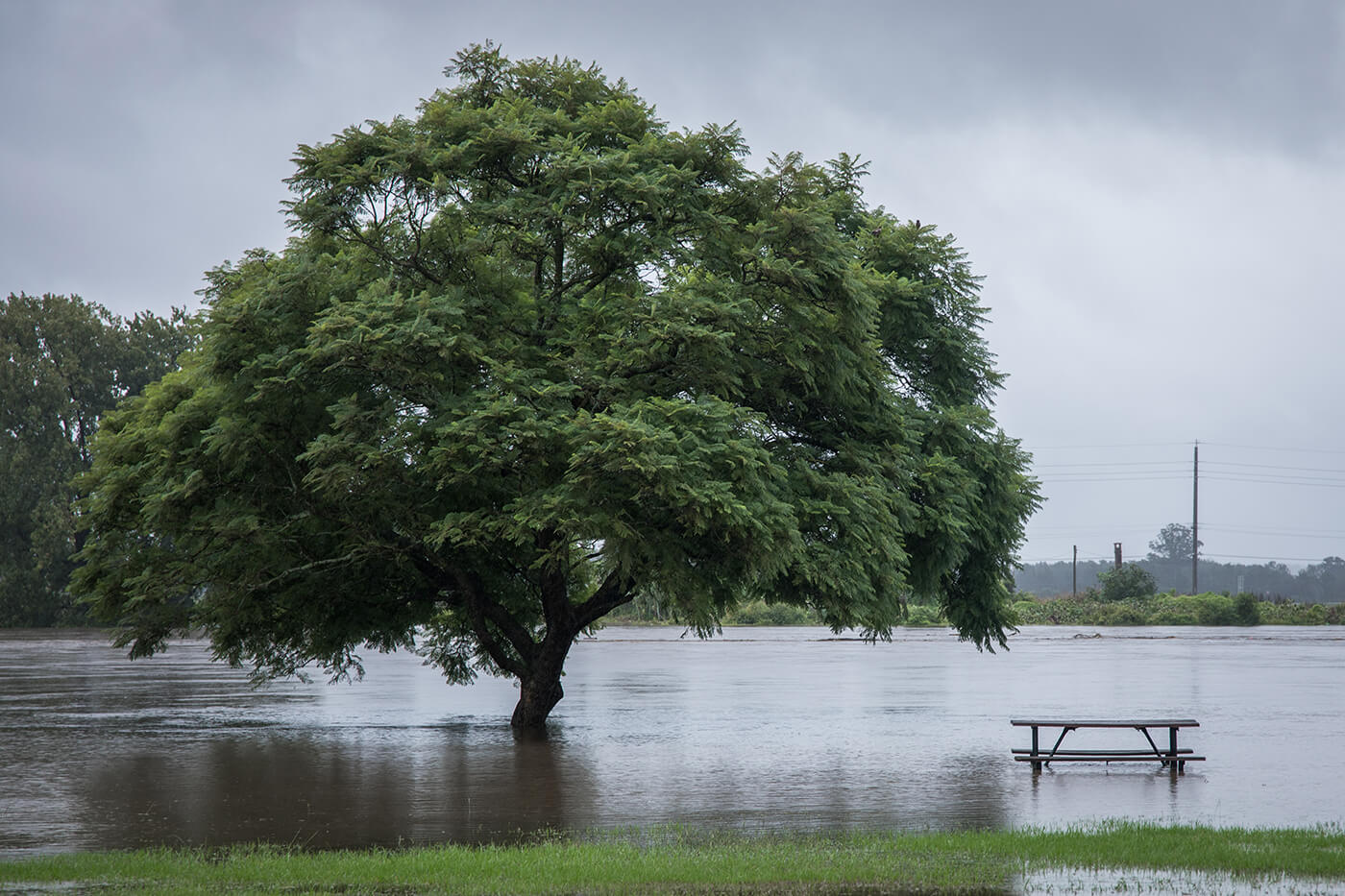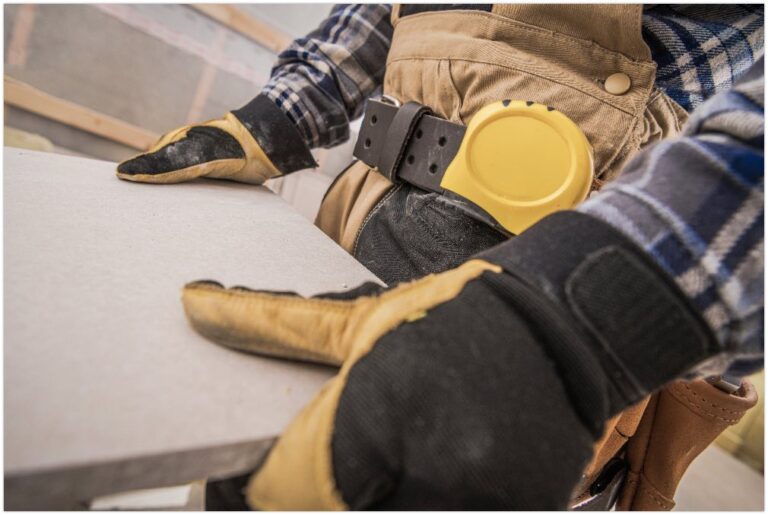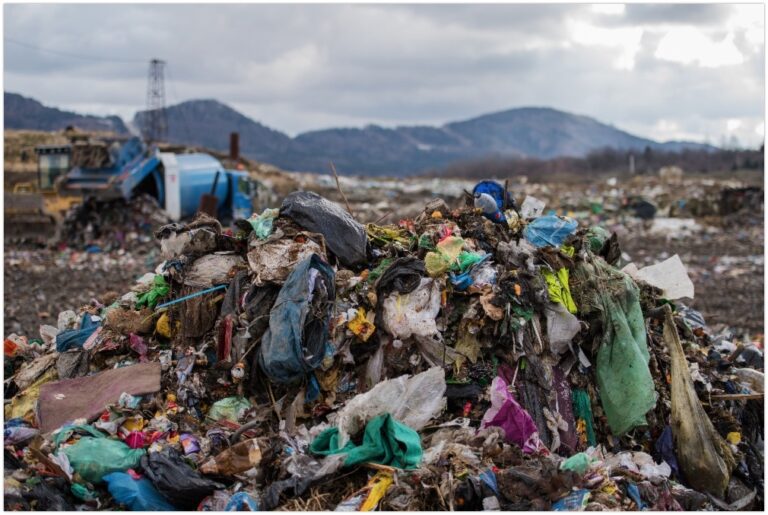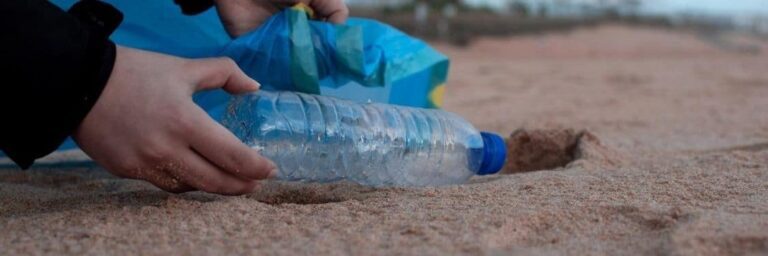Heavy rains and flooding can cause casualties and destruction to properties, buildings, and infrastructures. This means that domestic, industrial, and commercial waste floated down rivers, streams and through towns.
While these catastrophic events cause adverse socio-economic and environmental impacts, the “million-dollar question” is how much waste is generated due to severe floods?
Australia experiences significant flooding almost every year. Floods are most likely to be frequent and extreme as the world is shifting towards unstable climate change, and as most Australian cities are located near the coastlines or within river catchments, most people indeed live in a flood zone.
The Cost of Australian Floods
Australia considers flooding the most expensive type of natural disaster because floods have caused the most damage. From the loss of life, damage to properties, destruction of crops, loss of livestock, and health conditions deterioration.
Approximately the average direct annual cost of flooding estimated over the period between 1967-2013 is at $943 million and amounted to billions of dollars for the next few years. You can imagine how much waste is generated from the damage with the budget they have allotted for response and recovery efforts after every flood event.
Flood Waste in Numbers
A case study of Brisbane Suburbs Post January 2011 Floods conducted and presented during the State of Australian Cities Conference 2015 showed that the flood event generated approximately 402,000 tonnes of disaster waste.
The flood waste generally consisted of destroyed household items and piles of mud. The bulk of flood waste took approximately three weeks to be removed from the streets and areas of Brisbane. Although, six weeks after the flood, there were still piles of flood waste.
In addition, the Office of Green Industries SA Disaster Waste Management Scoping Study in 2015 said that the December 2010 Stockport floods hitting most of Southern Australia generated an estimated amount of 3,000 cubic meters of waste that includes damaged household contents and fallen debris.
1. The Catastrophe in Lismore
Moreover, the “once-in-a-lifetime” catastrophe in Lismore, in March 2017 wreaked havoc on many locals and left a tremendous amount of flood waste as aftermath. Approximately 20,000 tonnes of waste were delivered to landfills, and only 25,000 tonnes of fills were either recycled or reused.
2. Waste Avalanche in New South Wales
March 2021 has been traumatic to many locals in Australia, particularly in New South Wales, from the Hawkesbury River to the borders of Queensland.
Severe storms and flooding led to significant man-made waste and natural debris in rivers and adjacent coastlines in New South Wales, pushing the Australian government to declare the area a natural danger zone.
3. Tragedy of Debbie
In February 2022, mountains of flood waste were pulled from the affected areas when Cyclone Debbie hit Queensland and New South Wales along with other cities. It accumulated 30,000 tonnes of debris, and more are still unrecognised.
In addition, more than 7,900 tonnes of flood waste were already delivered to landfills and clean-up centres, resulting in only one-third of the expected waste to be cleaned up. It is also predicted to increase by 1,100 tonnes per day as more trucks come and more waste is discovered.
This is said to last and continue for several weeks. The impact caused the town’s mayor of Brisbane to call it “a year’s worth of landfill”.
Flood Waste Destination
These events have even led to managing and using seven hundred and fifty (750) trucks per day, constantly bringing flood-generated waste from New South Wales across the Northern Rivers. This means one truck per minute travels back and forth to transfer waste to different facilities because of mountainous piles of flood waste left.
Quite alarming, isn’t it? After literally drowning from the swirling floodwaters, the aftermath is a drowning pile of waste everywhere. Yikes!
Moreover, pounds of flood waste carry not just nuisance but also a worry to people because it could house insects and pests carrying contagious diseases.
What can we do?
The ALOA (Australian Landfill Owners Association) emphasises that flood waste should be directed to engineered landfills to negate its harmful effects on the environment and threat to public health. Proper disposal and waste management of the locality is needed to ensure the recovery and restoration of normality to everyone’s life.
As residents, we can also do our bit by securing our wastes once a flood warning is issued in our area. In cleaning up your backyards, practice recycling and recovering things that can still be used or donated.
For all general types of waste removal, rubbish removal companies, like Paul’s, offers residential rubbish removal, garden waste removal and even construction rubbish removal.







